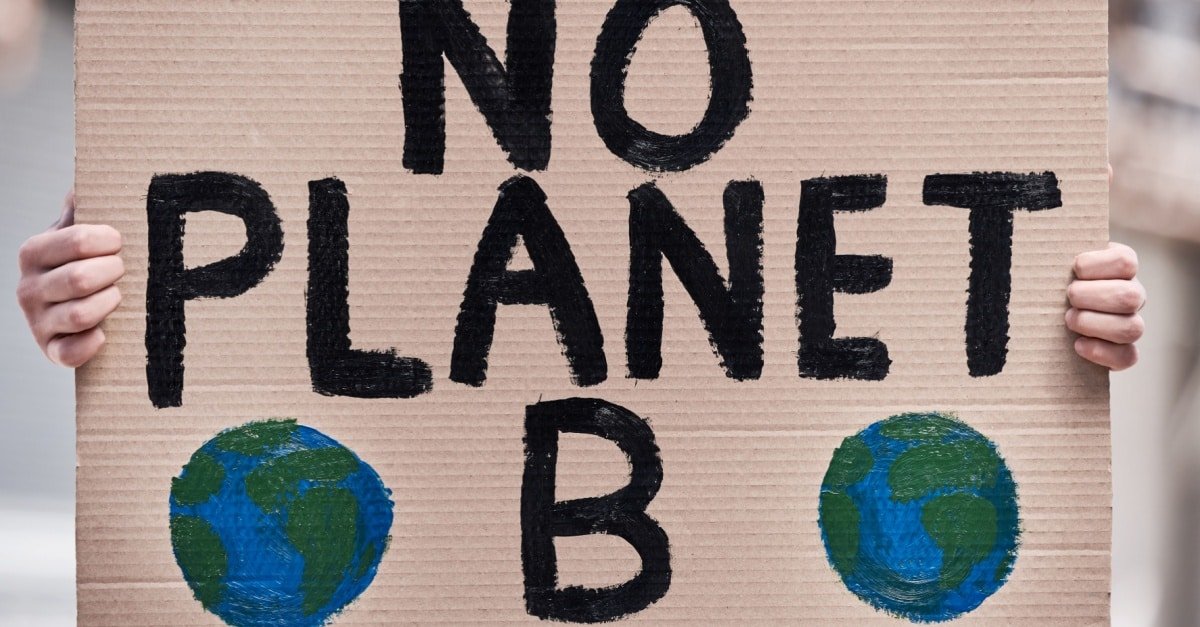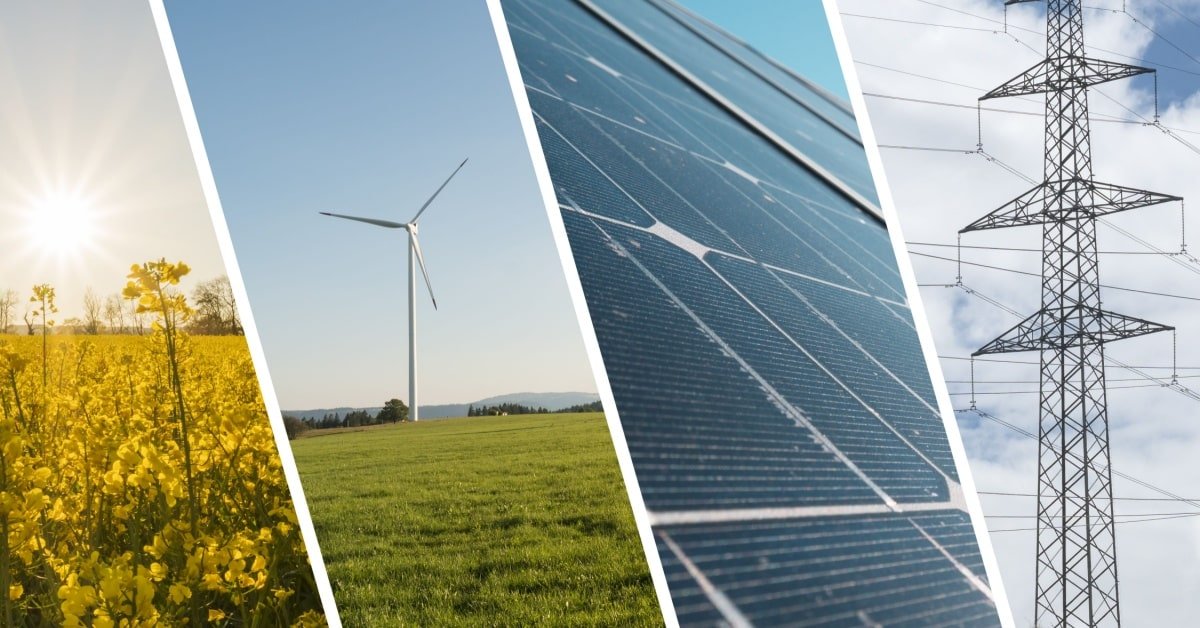
Seven years ago, the illegal selling of pawikan was still commonplace in the Barangay Daliao public market in Toril, Davao City. There are anecdotes of local fishermen who would accidentally catch these sea turtles in their nets along with fish. Despite being aware that this practice is illegal, the fishermen would simply hide the endangered turtles in their boats to avoid detection by law enforcement at the fish port. Locals would later see the fishermen walking door to door in residential areas, peddling their illegal catch.
A local resident, who preferred to remain anonymous, shared, “The place where they usually catch fishes might probably be a suitable habitat for the pawikans,” adding “perhaps it is where they swim to after they are released to the ocean from a pawikan sanctuary in a coastal area in the city, which is more or less 10 kilometers from here.”
She was referring to Punta Dumalag island in Matina Aplaya, a two-kilometer white sand peninsula part of a 37-hectare Marine Protected Area (MPA) established through Council Resolution No. 02504-03. Swimming is strictly prohibited in the area.
The Aboitiz Group owns 8 hectares of the island and has since turned it into an ecological preserve called the Cleanergy Park, which is managed by their subsidiary Davao Light. This is when its dramatic transformation from illegal fishing grounds to thriving sanctuary happened.
A Safer Space for Sea Turtles
The Cleanergy Park, designed to be wireless and built exclusively using recycled materials, was established to preserve the pawikan nesting grounds and provide a home for various bird species while also helping to maintain the ecological balance for other marine and land creatures.
Park employees monitor pawikan nesting activity by patrolling the beach. At night, they only use flashlights to do this. Lamps and electric lights are avoided to prevent disturbing or confusing the endangered species nesting in the area and others that call the park their home.
Sea turtles can lay more than 150 eggs at once. Mangrove-lined beaches are among the best places for sea turtles to lay their eggs because the thick undergrowth and cover from the mangroves protect them from predators and waves. When the eggs are at risk of being washed away by the sea, they are moved to the park’s turtle hatchery.
Around 9,507 sea turtle hatchlings have been released from the area since 2014. “While only a few will survive into adulthood, conservation efforts and proper waste management remain important to ensure that these endangered creatures can thrive in the oceans,” AboitizPower said in a statement, recognizing the vital role that pawikans play in maintaining the health of seagrass beds and coral reefs.
The Hawksbill sea turtle, an example cited in the statement, helps the environment by eating overgrown sponges that suffocate slow-growing corals. They keep the reef healthy while also preventing the overpopulation of jellyfish in the ocean.
A Learning Center for Visitors
People who want to learn more about pawikans are welcome to visit the park. The staff educates them by giving tours around the area. In some cases, visitors are even allowed to release baby turtles into the sea and watch them crawl through the sand and swim into the ocean.
“Visitors are taught that it is critical to a pawikan’s early stage of life to grovel through the sand and into the ocean on their own,” the statement said. “The pawikans imprint themselves onto their birthing place, wherein after a few decades, they will return and make their own nests as parents for a new generation of hatchlings.”
The park staff want to educate younger visitors in particular. “It is important to let the youth understand the situation of the pawikans and all other endangered species so that while they are still young, they are already aware of what they should do and how they could take action to save our wildlife,” said Fermin Edillon, the park’s reputation enhancement manager.
As a group deeply committed to conserving and protecting sea turtles and their marine habitat, the Aboitiz Group also established a Pawikan Rescue Center inside the Cleanergy Park in partnership with the regional office of the Department of Environment and Natural Resources (DENR) and the Davao City government.
“We are fully committed to our cause of saving the pawikans,” Edillon said. “We must all carry this responsibility so that our future generations will be able to see them. It can be through small acts such as keeping our coastal areas clean, not littering, and having safe practices when fishing. These are very simple but have a large impact on preserving our environment.”
A Mangrove and Bird Sanctuary
Over 21,448 mangroves have been planted in the park’s mangrove reforestation site and coastal forest. And they thrive in this habitat. However, the survival rate is only 30% due to various natural and human factors. This, AboitizPower says, underscores the need for continuous collaborative efforts to plant more mangroves and raise awareness of their importance for sea turtles.
It is not just pawikans that benefit from the Cleanergy Park’s efforts. Studies have shown that birds have a symbiotic relationship with mangrove trees, using the strong branches and dense canopies to build nests that protect their eggs and themselves from predators and other threats. Mangrove bark provides suitable materials for nest building, and its leaves and flowers attract insects, which make up a portion of a bird’s diet. Mangroves also give fruit, nuts, sap, and water to the birds.
The park gradually propagated native trees in the area over the years based on a recommendation from the University of the Philippines-Mindanao and the University of Southeastern Philippines in 2013. This joint effort between the public and private sectors led to an increase in the number of bird species living there, from just 5 in 2015 to 108 in 2024. These include migratory birds, permanent inhabitants, and localized endemics. The trees provide food, water, and shelter for a wide variety of birds, including migratory, permanent, and endemic species.
The increased presence of bird species in the park has been observed by frequent bird watchers. Habitat conservation efforts, effective biodiversity management, and a mostly human-free environment make the area a safer haven for birds.
A Success Not Just for Davao
The success of the Cleanergy Park in Davao is remarkable, especially in combatting the illegal capture and selling of the endangered pawikan in Davao. And the park’s success has proven to be repeatable as well. Other AboitizPower business units across the Philippines have consistently championed similar initiatives to plant more trees and mangroves, creating carbon sinks within their local communities.
Source:



















